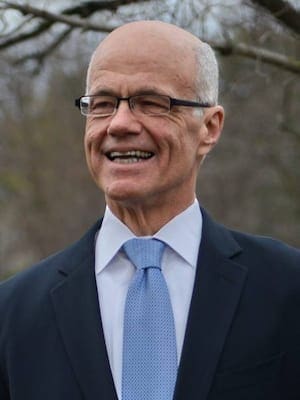Character is the primary arena of change.
We can’t change the DNA we inherited, the circumstances into which we were born, the families that shaped and misshaped us, or the wounding events we’ve undergone.
Some things about our bodies, temperaments and minds are relatively set and resistant to change.
We can, though, make choices about how we understand, respond to and use the raw materials handed to us. Our choices form and express our character.
One of the most crucial and consequential choices we make is to look unflinchingly and compassionately at how things are with us right now – to face as honestly as we can those parts of ourselves that, in their present condition, are wounded, guilty, ashamed, overlooked and unintegrated.
For now, they are our “old,” falser and less authentic selves.
The pain, fear and loneliness of these less authentic selves are sources of the damage we do to our relationships with ourselves, others, God and creation.
Alienated from ourselves and from God, isolated from meaningful connection with creation and other people, and defended against allowing ourselves to be known and loved, we wreak havoc within and without.
Alongside this reckoning with how things are with us right now, we place a vision of our most authentic selves.
The creative tension – the motivating dissonance – between who we are and who we will be provides needed energy for change.
A vision of who we are becoming includes models and descriptions of living that aren’t driven by pain, fear and loneliness.
Jesus is my central model of that kind of life. The New Testament stories of Jesus present him to my imagination as the quintessential embodiment of glorious, gracious and generous aliveness.
His fullness of life, passionate love, transparency to the image of God and vulnerable strength cause him to shine with such exquisite humanity that he also radiates unmistakable divinity.
His commitments and character are the contours of abundant and authentic selfhood.
In addition to its compelling portraits of Jesus who embodies fullness of life, the New Testament offers descriptions of virtues and practices, which make up its character.
Paul calls them the fruit of the Spirit: “love, joy, peace, patience, kindness, generosity, faithfulness, gentleness and self-control” (Galatians 5:22-23).
He also speaks of the qualities of love that express Jesus-like character: patience, kindness, humility, graciousness, generosity, endurance and hope (see 1 Corinthians 13).
Jesus’ beatitudes (Matthew 5:1-11) are his stirring announcement of the kind of life that feels God’s joyful favor; it’s a life of paradox that confronts the status quo and probes beneath our superficial expectations.
Here is how I paraphrase these blessings:
Because you are blessed, you are free to acknowledge, without shame, the poverty of your spirit and your need for God (Matthew 5:3); your sadness over your own brokenness and the brokenness of the world (Matthew 5:4); and your need and willingness to be led by God (Matthew 5:5).
Because you are blessed, you may, without fear, pursue your hunger and thirst for things to be made right in you and the world (Matthew 5:6). You may, without hesitation, show kindness and compassion toward the guilty, the struggling, the marginalized and the excluded (Matthew 5:7).
God will become the single aim and energizing passion of your life (Matthew 5:8) and it will become your nature to risk those things that make for peace (Matthew 5:9). Even when your commitment to God’s kingdom is costly, joy will fill your soul (Matthew 5:10-12).
I want to allow myself increasingly to be changed into someone like Jesus – someone who lives in my circumstances as Jesus lived in his, with passionate love for God, others and creation and whose character is being shaped, more and more, by the ways and will of God that Jesus embodied and taught.
Guy Sayles is a consultant with the Center for Healthy Churches (CHC), an assistant professor of religion at Mars Hill University, an adjunct professor at Gardner-Webb Divinity School and a board member of the Baptist Center for Ethics. A version of this article first appeared on his website, From the Intersection, and is used with permission.

